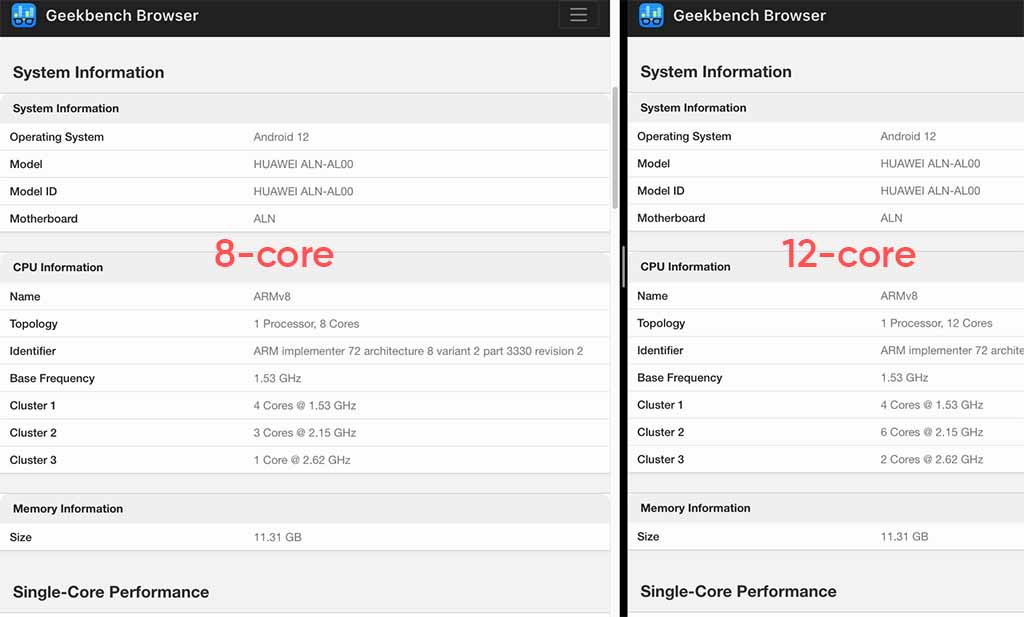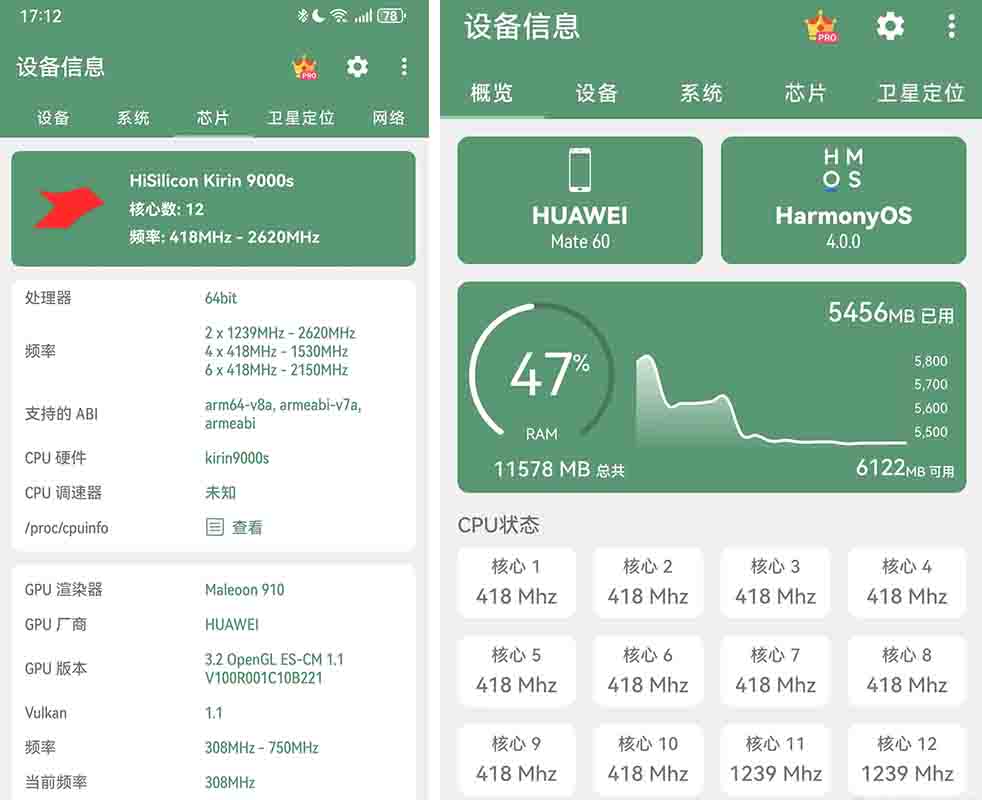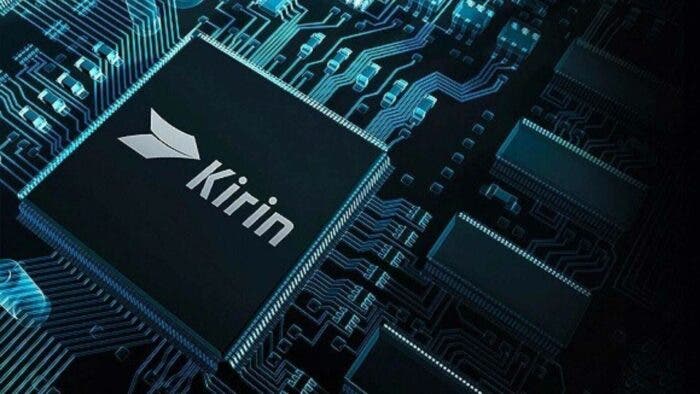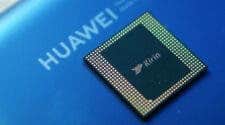Huawei has made an interesting discovery about the Kirin 9000s processor after a recent software update. Previously, this processor was thought to have an 8-core architecture, but it turns out it actually has 12 cores. This revelation has attracted significant attention, as it brings a substantial boost in processing power and performance for devices using this chip. It’s always exciting when technology surprises us with hidden capabilities, and this discovery could have a positive impact on the performance of devices powered by the Kirin 9000s processor.
Huawei has released HarmonyOS 4.0.0.116 for its Mate 60 series and Mate X5 smartphones. These devices are powered by the Kirin 9000s chipset, which is a new processor developed by Huawei. This update brings the latest features and improvements to these smartphones, enhancing their performance and user experience. It’s always a good sign when manufacturers continue to support their devices with software updates, ensuring that users can enjoy the latest innovations and enhancements.
There seems to be a discrepancy in the reported core count of the Kirin 9000s chipset in the Huawei Mate 60 series. Initially, phone information apps and Geekbench indicated that the chip had an 8-core architecture. However, after a recent software update, these sources are now reporting that the Mate 60 is running a 12-core chip. This is indeed an interesting development, and it could indicate that Huawei has unlocked additional cores in the chipset through a software update, potentially improving its performance. It’s a noteworthy change, and users may experience enhanced performance as a result of this update.
What’s New for the Kirin 9000s Chip?
To discuss the changes, we first have to take a second look at the architectural details and differences between the 8-core chip and the 12-core chip.
8-core chip:
Gizchina News of the week
- 4 x Cores at 1.53 GHz
- 3 x Cores at 2.15 GHz
- 1 x Cores at 2.62 GHz
12-core chip:
- 4 x Cores at 1.53 GHz
- 6 x Cores at 2.15 GHz
- 2 x Cores at 2.62 GHz

In the 12-core version of the chip, there are some additional cores with different speeds compared to the original 8-core version. Here’s the breakdown:
- There are 3 extra cores running at 2.15 GHz each.
- There’s also 1 more core running at 2.62 GHz.
- The base frequency, which is the starting speed for all cores, remains the same at 1.53 GHz in both the new 12-core and the old 8-core versions.
Screenshots from a Chinese phone specifications app have confirmed this information. However, the GPU, known as the Maleoon 910, still remains unknown in Geekbench.
We have previously seen the 12-core Huawei Kirin 9000s on the Antutu benchmark. However, it’s possible that the company did not activate these specifications initially during the announcement. 
Can A Software Update Increase the Number of Cores?
No, that’s not possible. A core is a physical part of the chip’s hardware, and it cannot be added or removed virtually. However, software optimizations can improve system performance and better utilize the existing cores, resulting in enhanced performance.
While we don’t have official confirmation, it appears that the additional 4 cores were not present during the initial performance test but became available after a software installation. This suggests that they were not being utilized or activated before the software update.
At this point, Huawei has not made any official statement on this matter. However, we will keep our ears on the ground and give a report as soon as there is any new development in this regard.





